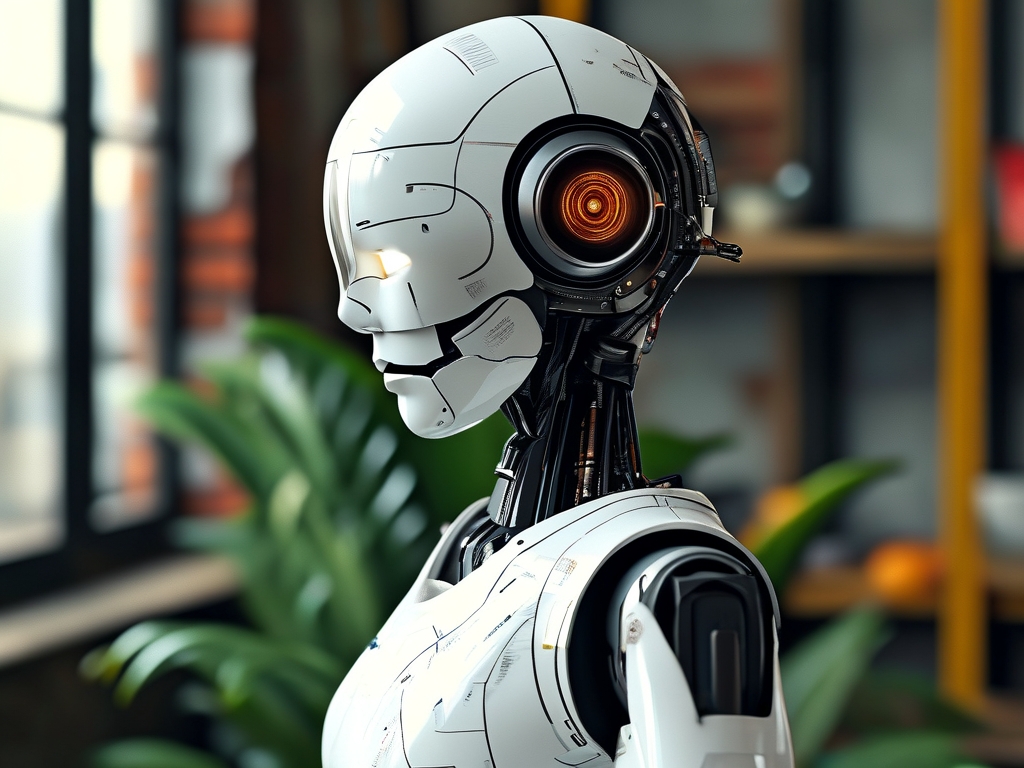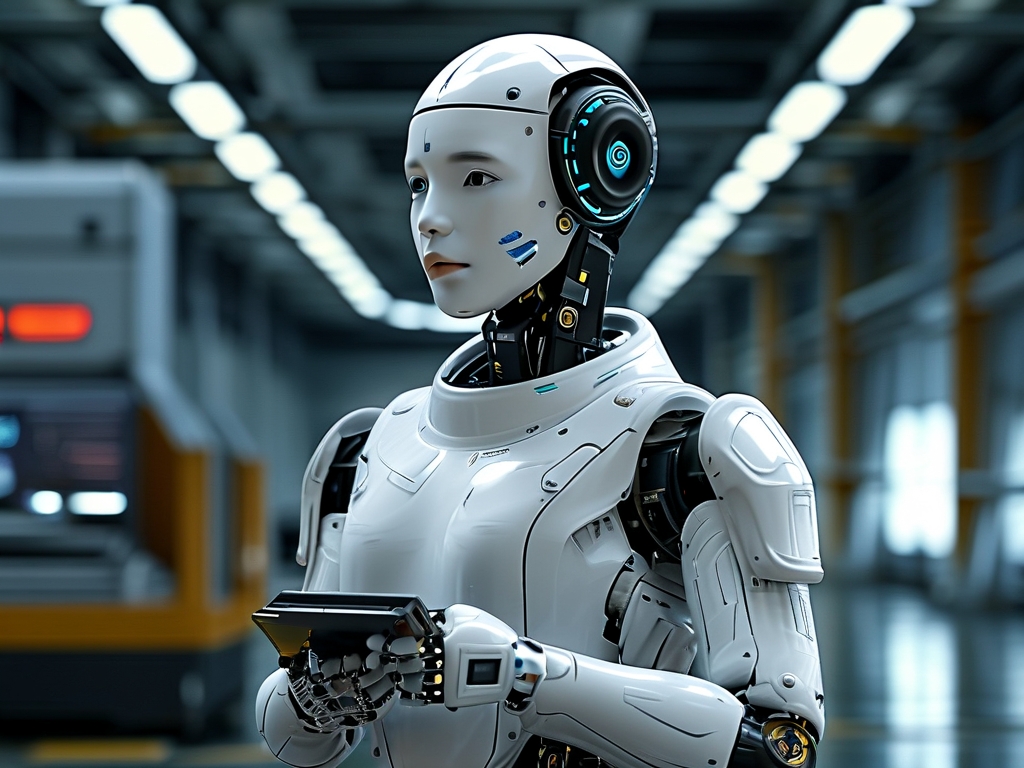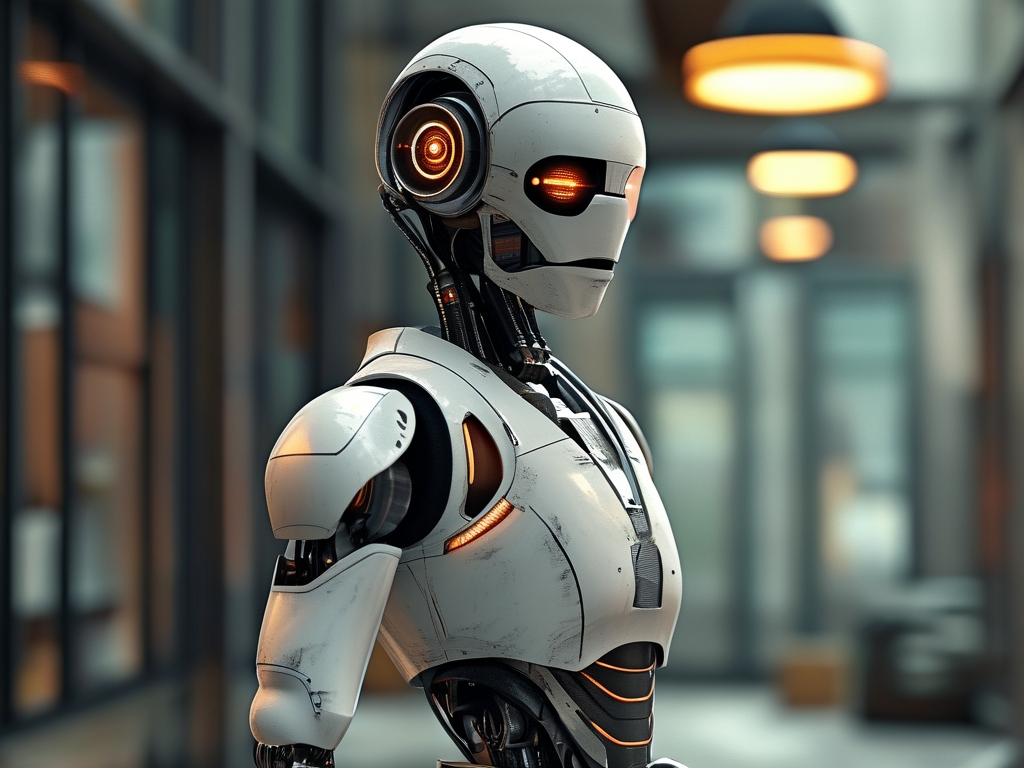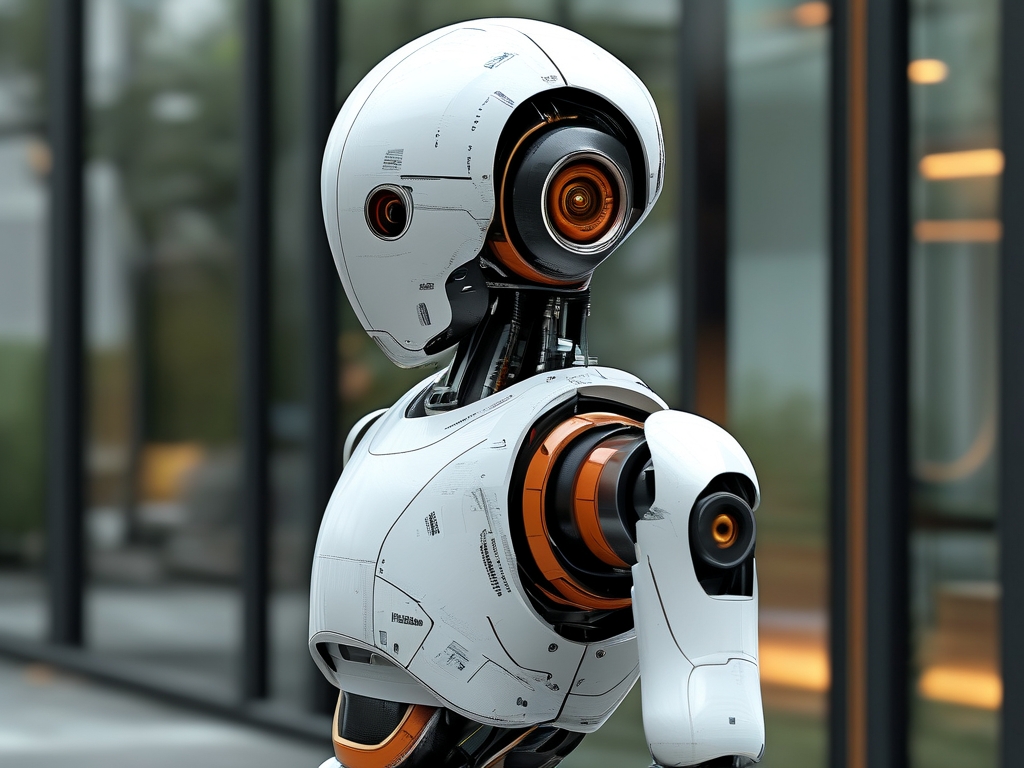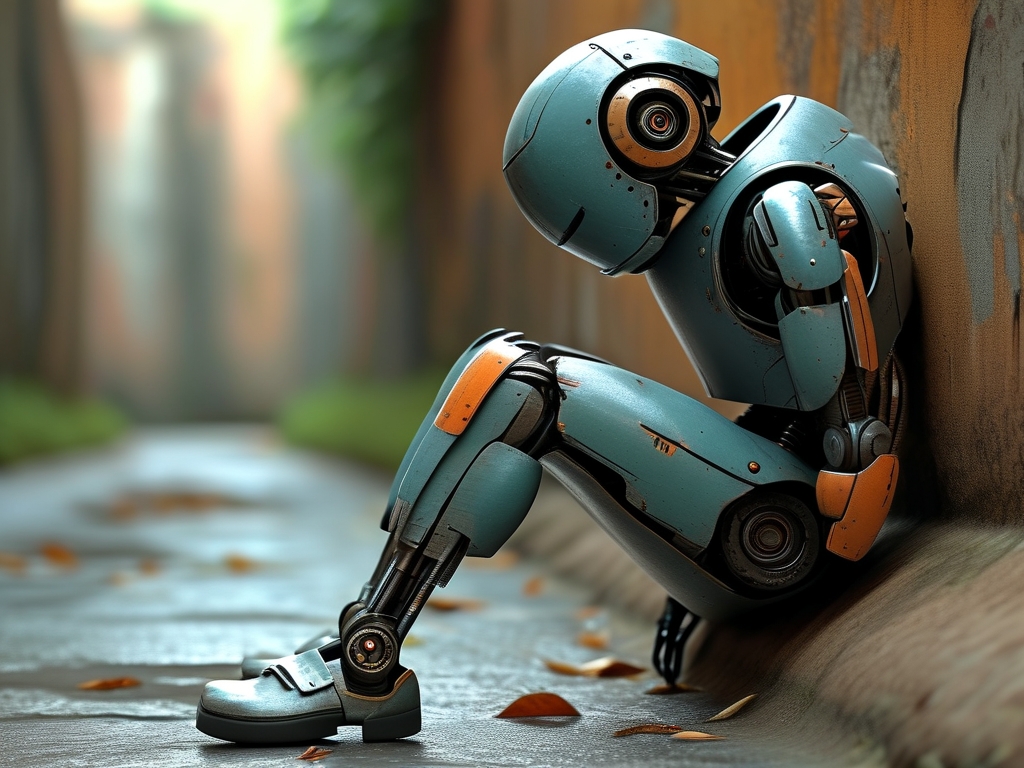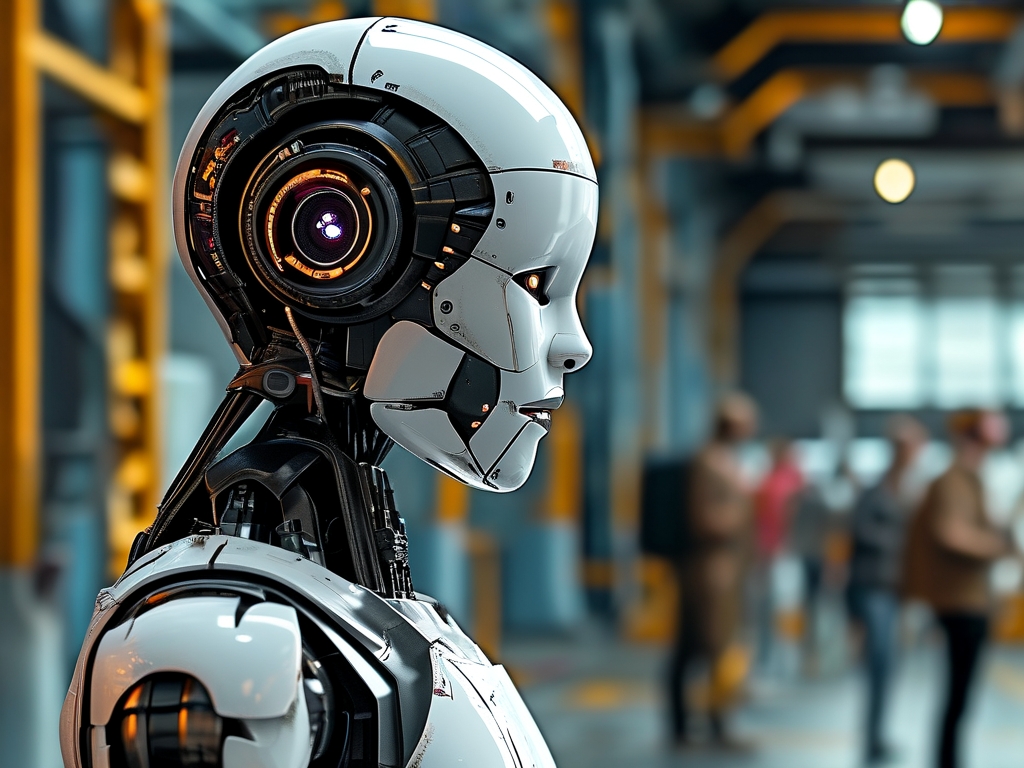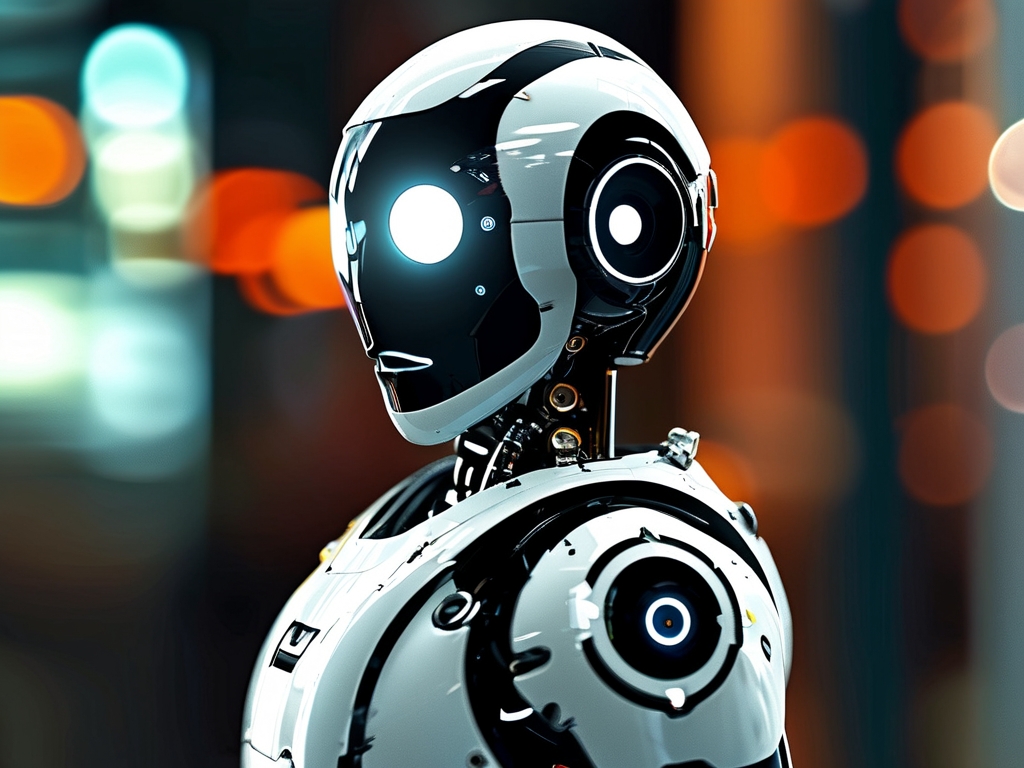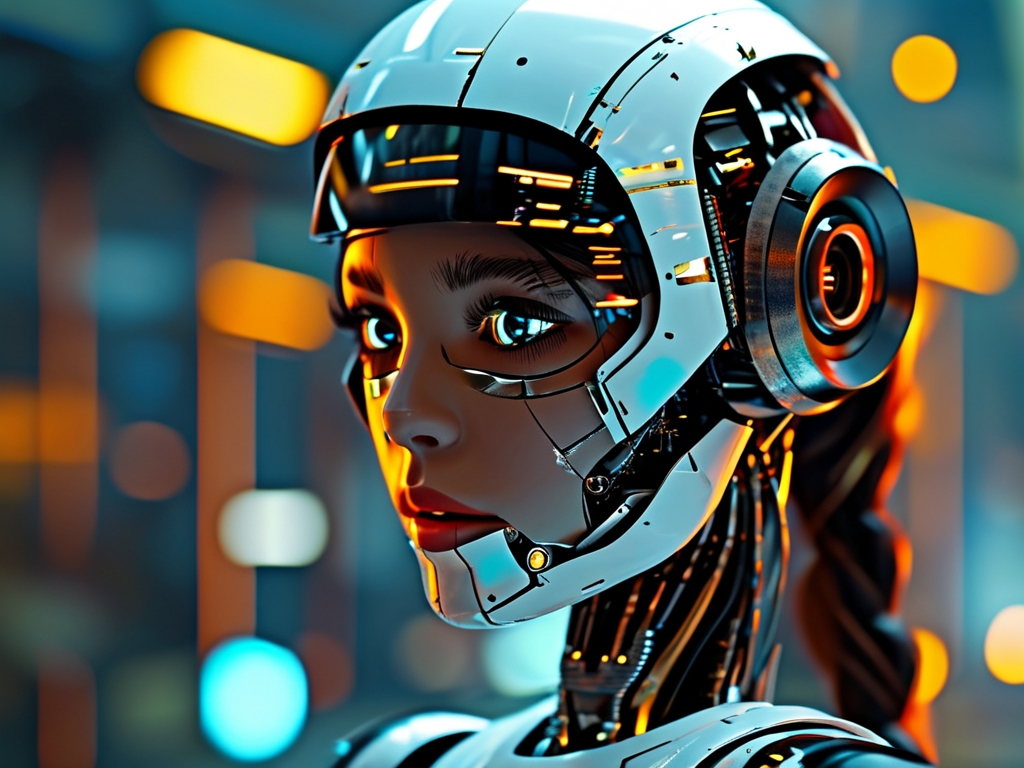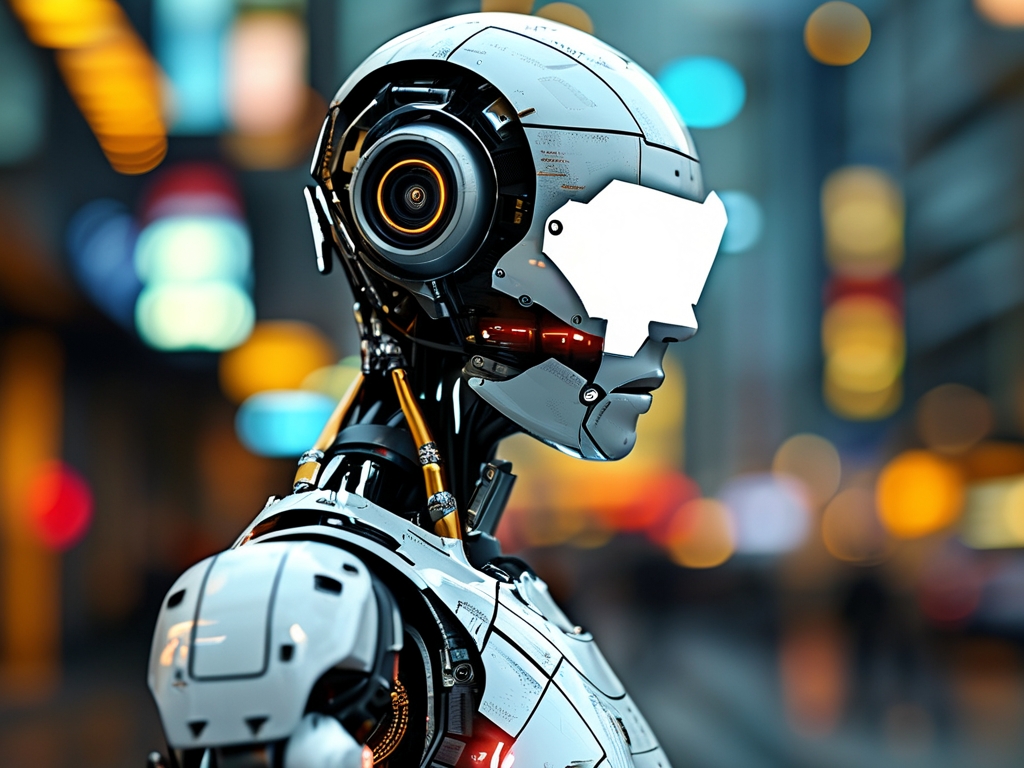Humanoid robots have long captured the human imagination, symbolizing the pinnacle of artificial intelligence and mechanical engineering. Yet despite decades of research and billions in investments, these bipedal machines continue to stumble – both literally and metaphorically. This article examines six critical technical shortcomings hindering the widespread adoption of humanoid robotics, analyzing why creating truly functional human-like machines remains an elusive goal.
1. Locomotion and Balance Limitations The most visible failure point lies in basic movement capabilities. While Boston Dynamics' Atlas robot can perform impressive parkour routines under controlled conditions, real-world deployment reveals fundamental weaknesses. Current hydraulic and electric actuator systems struggle to replicate the fluidity of human muscles and tendons. The "inverted pendulum" walking model used by most humanoids consumes excessive energy (typically 500-1,000 watts during operation) while offering inferior stability compared to biological locomotion. Recent studies show that even state-of-the-art humanoids fall an average of once every 8 hours of operation in unstructured environments – unacceptable for practical applications.
2. Sensor Fusion Challenges Humanoid robots require integration of multiple sensor modalities (LiDAR, RGB-D cameras, IMUs, tactile sensors) that often work at cross-purposes. The synchronization latency between visual processing (typically 200-300ms) and motor responses creates dangerous disconnects in dynamic environments. MIT's 2023 robotics report revealed that current sensor fusion systems can only process 62% of the environmental data a human operator utilizes for similar navigation tasks, leading to frequent misinterpretations of complex spaces.
3. Power System Constraints Energy density remains a crippling bottleneck. The Tesla Optimus prototype carries a 2.3 kWh battery pack providing just 4 hours of light-duty operation – comparable to a 1940s-era industrial robot. This represents an energy efficiency ratio of 0.08 (human metabolic equivalent), versus 1.0 for biological systems. While hydrogen fuel cells show theoretical promise, current prototypes add dangerous weight penalties (35-40% of total mass) that exacerbate balance issues.
4. Manipulation and Dexterity Deficits The human hand's 27 degrees of freedom remain largely unmatched by robotic counterparts. Shadow Robot Company's flagship model achieves 24 DOF but requires 129 individual sensors and 48 actuators, resulting in a 1.8kg hand that fatigues within 90 minutes of continuous operation. Force feedback systems still cannot distinguish between material properties with human-like precision – a 2024 IEEE study showed current tactile sensors have 73% error rates when identifying common fabrics.
5. Cognitive Architecture Limitations Modern AI systems excel at pattern recognition but fail at embodied cognition. Humanoid robots struggle with "simple" human tasks like opening unfamiliar doors or interpreting partially visible objects. The COG cognitive architecture project at MIT demonstrated that even with 16 TB of training data, robots required 14 attempts on average to successfully pour liquid from an unknown container – a task humans master through single observation and physical intuition.
6. Cost and Manufacturing Complexities The economics remain prohibitive. Honda's ASIMO development cost exceeded $300 million over 20 years, while current production models like UBTECH's Walker X carry $250,000 price tags. Miniature harmonic drives (critical for joint movements) cost $2,000-$5,000 each, with a full humanoid requiring 28-34 such components. 3D printing has reduced some structural costs, but the precision required for dynamic components keeps assembly predominantly manual – Tesla's Optimus production line still requires 70% human labor.
The Path Forward Emerging technologies offer partial solutions. Liquid crystal elastomer actuators show potential for muscle-like movement with 300% greater energy efficiency. Neuromorphic computing chips like Intel's Loihi 2 demonstrate 10x improvements in processing sensor data. However, industry analysts predict true parity with human capabilities remains 15-20 years away, requiring breakthroughs in materials science, energy storage, and artificial general intelligence.
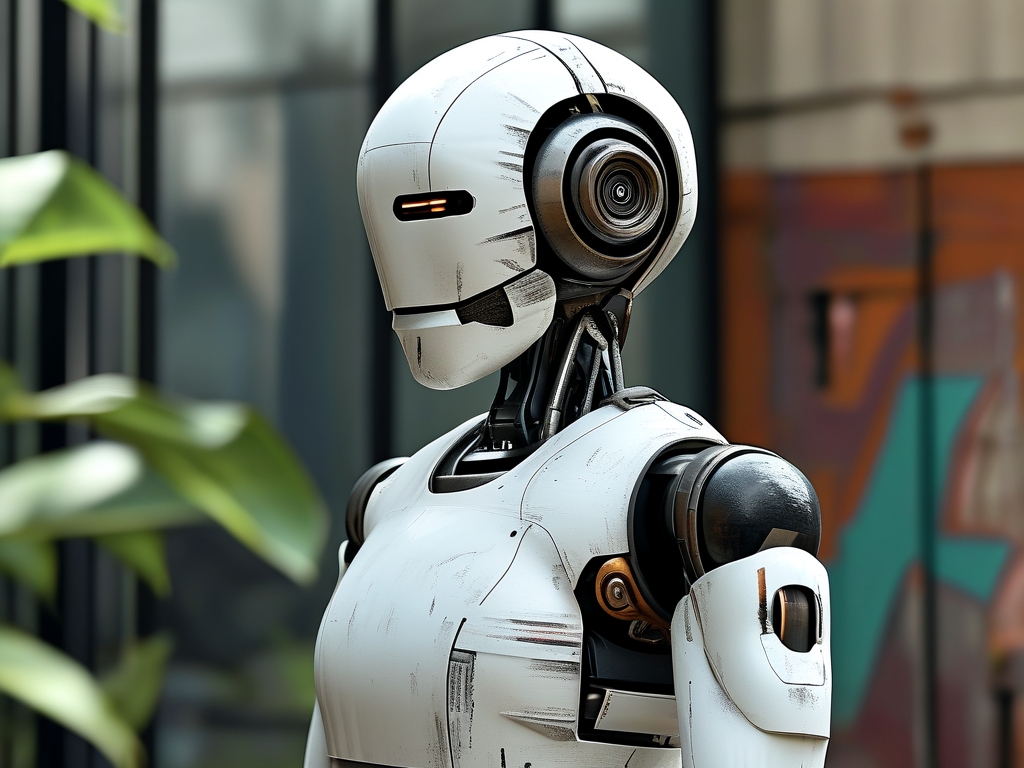
The fundamental challenge lies in biology's evolutionary advantage – human bodies represent 3.8 billion years of refinement through natural selection. Until engineers can replicate nature's seamless integration of power systems, structural materials, and neural processing, humanoid robots will remain impressive laboratory demonstrations rather than practical tools. The race continues not just to build better robots, but to fundamentally reimagine what artificial embodiment means in the physical world.
